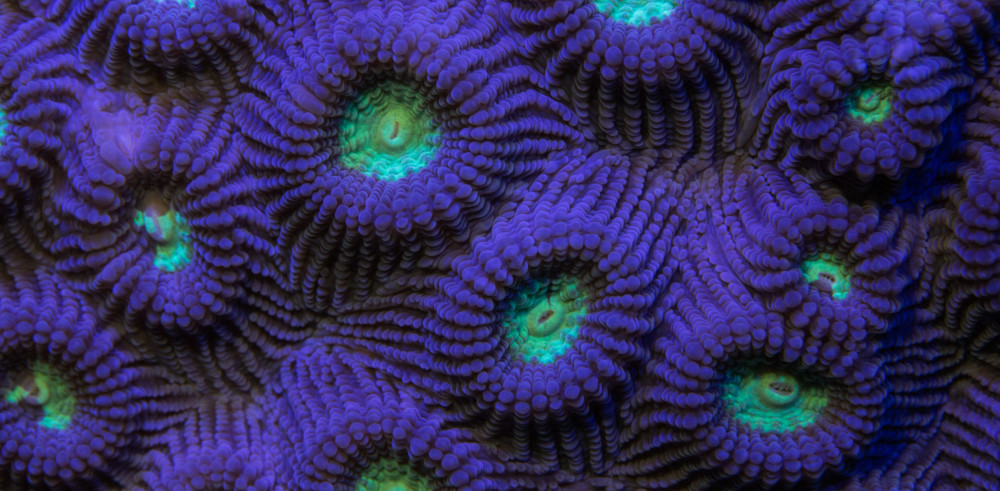The Ryukyu odd-tooth snake (Lycodon semicarinatus) is a non-venomous snake found throughout the Ryukyu Islands. They are fairly common here on Okinawa and are usually found at night. The Akamata is a natural enemy of the venomous Habu snake. They are one of the few snakes capable of feeding on venomous pit vipers. More effort should be focused on conserving this native snake for this specific reason. This beautiful snake has been overlooked and needs to be protected. Sadly I see more dead on the road than alive.
-
- Scientific name: Lycodon semicarinatus
- Local name: Akamata – Ryukyu odd-tooth snake
-
- Distribution: Ryukyu Islands
-
- Habitat: Forests, drainage ditches, and housing areas
-
- Diet: Snakes, lizards, frogs, snakes, birds, baby sea turtles, and rodents.
-
- Average size: 100cm -180cm
- Color: Black, orange with a yellow belly.
They are often found crossing the road at night.
When threatened they pull back, stand high and prepare to strike! They will bite when threatened.
This beautiful juvenile was photographed on a white for the Meet Your Neighbours Project. (Connecting People Worldwide with the Wildlife in their Community)
An albino specimen photographed in captivity at the local zoo.
The slow and low perspective found crossing the road at night.
The small snakes often feed on small lizards. This beauty ate a common gecko tail first.
A large Akamata feeding on an Okinawa tree frog.
A juvenile Akamata feeding on an Okinawa tree lizard.
The Akamata is one of the few snakes that feed on sea turtle hatchlings in northern Okinawa.
This was my first time seeing a juvenile akamata pull back and puff out its head to resemble the diamond shape of a venomous pit viper.
Is the coincidence or mimicry? I know this is a common occurrence with other non-venomous snakes around the world. I believe this juvenile snake saw me as a threat.
People often ask me what is the purpose of conservation photography? Having the ability to affect some form of positive change in the environment and make a global difference with the photographs. Hopefully, the images will inspire people to care more about nature and make a positive difference in the environment.
My Mission: To Document and Preserve the Wildlife of the Ryukyu Islands
This site is also designed to help people identify the beautiful animals of Okinawa, basically to serve as an online nature reference guide. If you would like to make a contribution to support my mission, please click on the donation link paypal.me/maketheswitch4nature
Your donations will help worldwide conservation initiatives as well as bring solutions to the worldwide pollution issues on our beautiful shorelines. Thank you for your support. Shawn M Miller.
























































































































